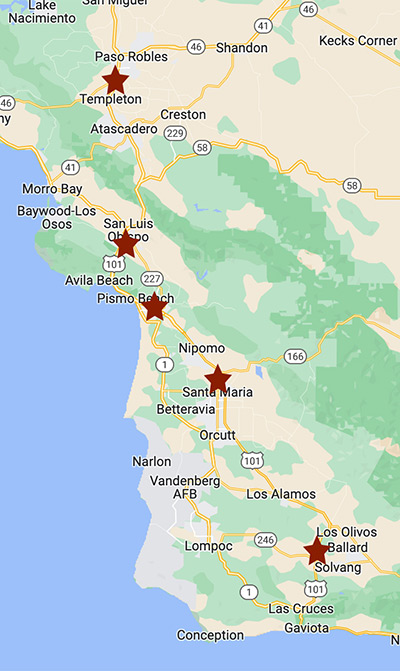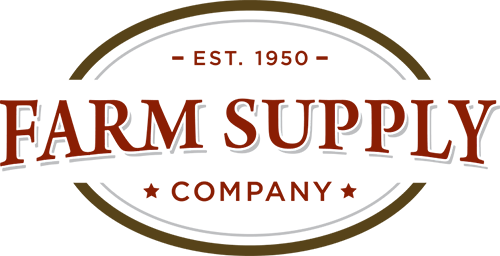Chick Care
The basic care of meatbird chicks is similar to other types of chicks. You’ll need to provide a heat source along with free choice fresh water and appropriate feed. An important part of raising meatbirds is allowing for enough space for them to grow.
With a growth rate that is second to none, these birds will become too big for a brooder that seems the right size in just a week or two. Make sure to plan for expansion of your brooder to allow the space to get bigger along with the chicks. A dry and clean brooder is always essential; this will keep the birds comfortable, discourage the development of flies, and help prevent disease.
Dual purpose breeds are traditional breeds like Orpingtons, Barred Rocks, Rhode Island Reds, etc. They can be raised for eggs or meat. These birds are the slowest to finish and are typically harvested around 22 weeks of age. They have less developmental problems than hybrid meat breeds, and they will usually yield less meat.
Red Rangers are a type of meat chicken that provides a ‘happy medium’ between dual purpose breeds and Cornish Cross. They should be harvested around 12 – 14 weeks. They aren’t as delicate as Cornish Cross and have less developmental problems. In addition, they do better foraging than a Cornish. Their meat yield is in between a Cornish and dual purpose.
Cornish Cross is a hybrid and is the most common meat chicken. It makes up the majority of meat purchased in stores or consumed in restaurants. Cornish are very economical with their feed to meat conversion, which means they grow very fast – they
are usually ready to harvest around 8 weeks! A few things to be aware of with this breed: because of their rate of growth they can have problems with organ failure and leg issues. These birds do not do well when comingled with other breeds – it’s best to keep Cornish separate. Additionally, they are ONLY suitable for meat production – do not try to keep them long term.
Feeding meatbirds
For dual purpose chicks, you may choose to feed a meatbird ration from the start. However, if you have straight run chicks and are not sure which are males, you can start the batch on chick starter and then switch the ones you will harvest to meatbird feed once their gender becomes apparent.
For faster growing hybrid birds, you’ll want to feed a specific meatbird ration from day one. This will ensure that the birds are getting certain amino acid levels and protein amounts to encourage muscle development and growth. Because meatbirds have been developed to put on muscle mass quickly, the ration must be balanced to make sure that nutrients are present for skeletal and internal organ development as well. If the correct ration is not fed, the birds are more apt to fall victim to common maladies like organ failure and leg issues. Follow these simple feeding recommendations to help avoid complications:
- Feed free choice the first 3 days of life
- After 3 days, allow 12 hours with feed, 12 hours without
From Nutrena’s website http://scoopfromthecoop.nutrenaworld.com/?utm_source=nutrenaworld&utm_medium=navpromo&utm_campaign=Sc
By Tiffani T.


